IVF & Assisted Reproductive Technologies
.png)
In Vitro Fertilization (IVF)
IVF is a cornerstone of modern fertility treatment where fertilization occurs outside the body. Eggs are retrieved from the ovaries and combined with sperm in a laboratory dish. The resulting embryos are then carefully nurtured before one or more are transferred into the woman's uterus, offering hope for various infertility causes including blocked fallopian tubes, male factor infertility, or unexplained infertility.
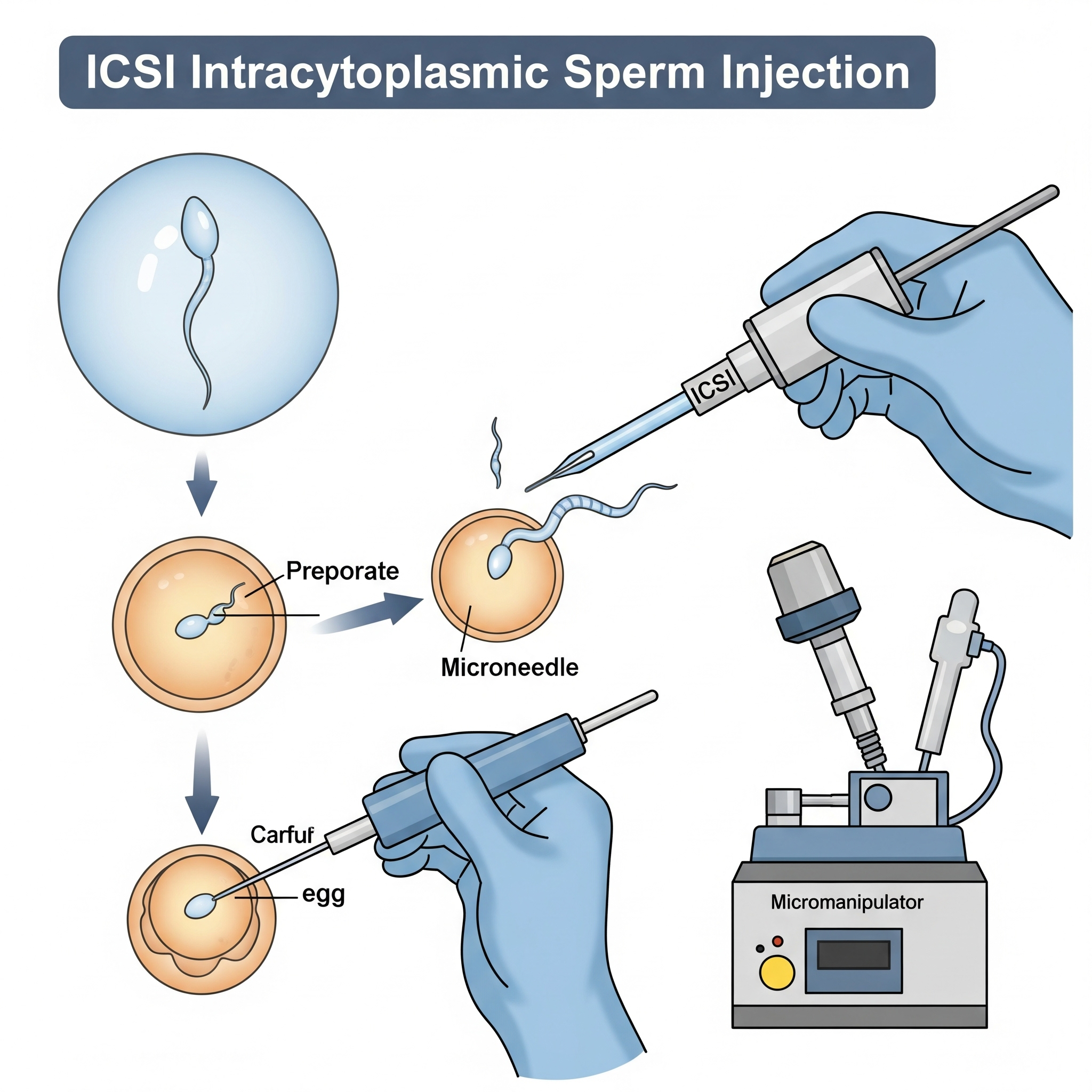
Intracytoplasmic Sperm Injection (ICSI)
ICSI is a specialized technique performed as part of an IVF cycle. A single, healthy sperm is precisely injected directly into each mature egg using a microscopic needle. This method is particularly effective for severe male factor infertility, cases with low sperm count or motility, or when previous IVF cycles have resulted in fertilization failure, significantly improving fertilization rates.
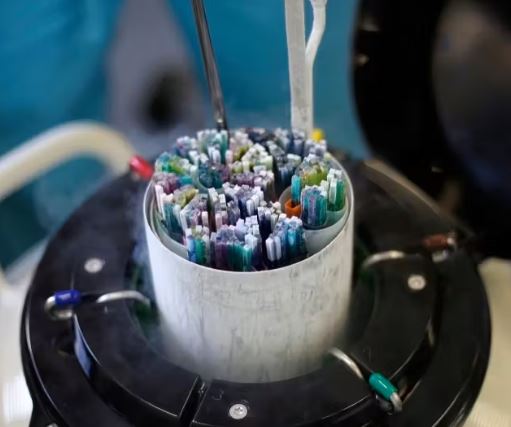
Embryo Freezing (Cryopreservation)
Embryo freezing involves cryopreserving (freezing) surplus high-quality embryos from an IVF cycle for future use. This allows couples to store embryos for subsequent attempts without undergoing another egg retrieval process, offering convenience, cost-effectiveness, and the flexibility to plan future pregnancies. It's also vital for fertility preservation before certain medical treatments.
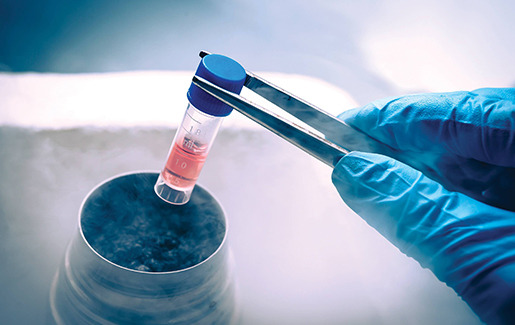
Frozen Embryo Transfer (FET)
FET involves thawing previously frozen embryos and transferring them into the woman's uterus during a prepared cycle. This method is often preferred as it allows for the uterus to be optimally prepared for implantation, reducing stress compared to a fresh cycle, and enabling preimplantation genetic testing (PGT) if desired. FET cycles often have comparable, or even higher, success rates than fresh transfers.
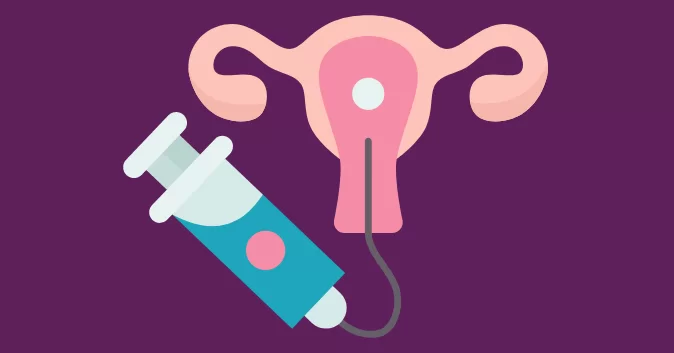
Fresh Embryo Transfer
A fresh embryo transfer involves placing embryos into the woman's uterus 3 to 5 days after egg retrieval and fertilization, all within the same treatment cycle. This is the traditional approach when conditions are favorable and there are no immediate concerns that would benefit from embryo freezing. It allows for a more immediate progression of the IVF process.
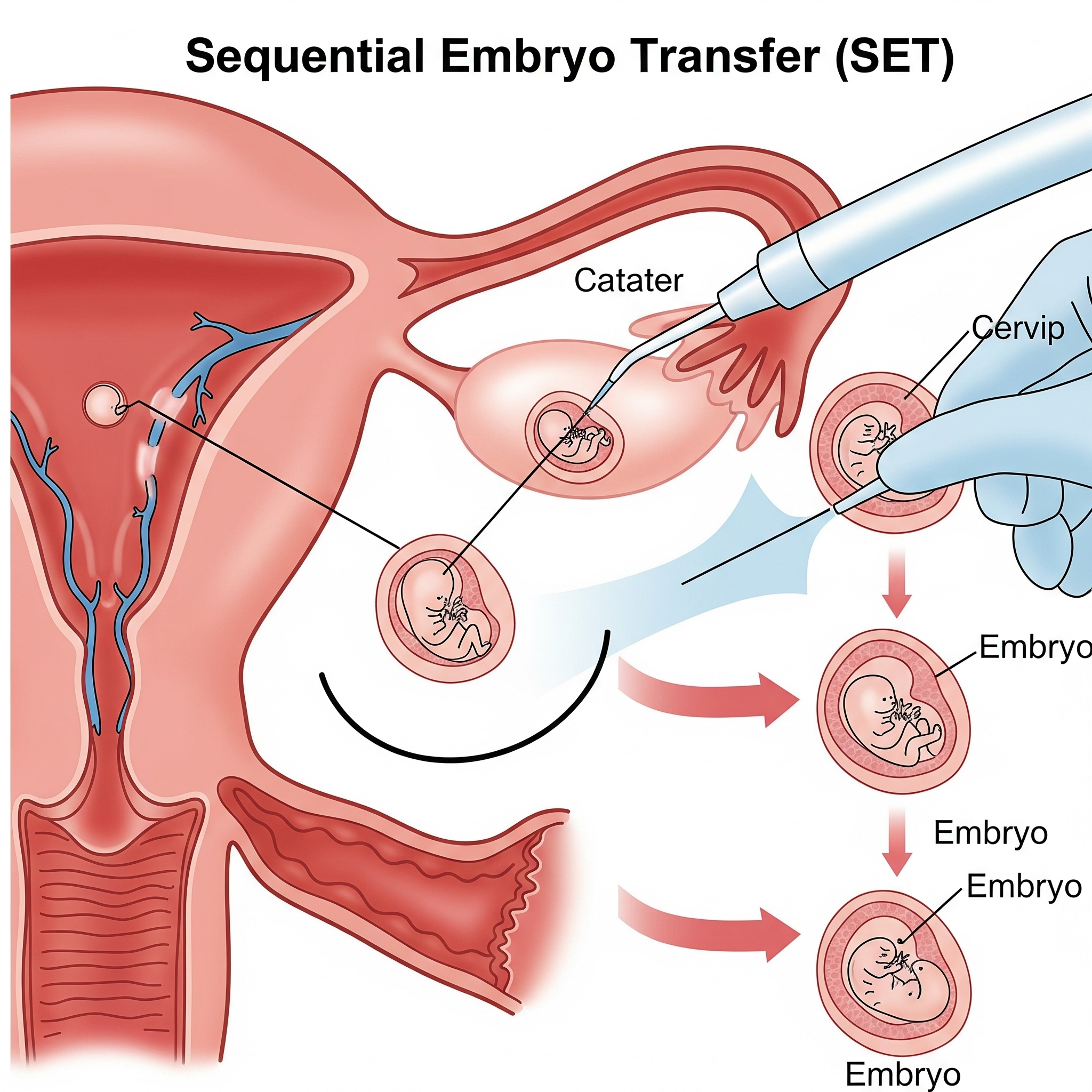
Sequential Embryo Transfer
Sequential embryo transfer is a strategy where embryos are transferred into the uterus at different stages of development within the same treatment cycle. For example, some embryos might be transferred on Day 2 or 3, while others are cultured to the blastocyst stage (Day 5 or 6) and then transferred. This approach aims to maximize the chances of implantation by providing embryos at different optimal windows for uterine receptivity.
.png)
Oocyte Freezing (Egg Freezing)
Oocyte freezing, or egg freezing, allows women to preserve their fertility for future use. Eggs are retrieved and cryopreserved (frozen) for various reasons, including delaying childbearing, before undergoing medical treatments that may affect fertility (like chemotherapy), or for women with conditions that lead to premature ovarian aging. It offers a valuable option for future family planning.
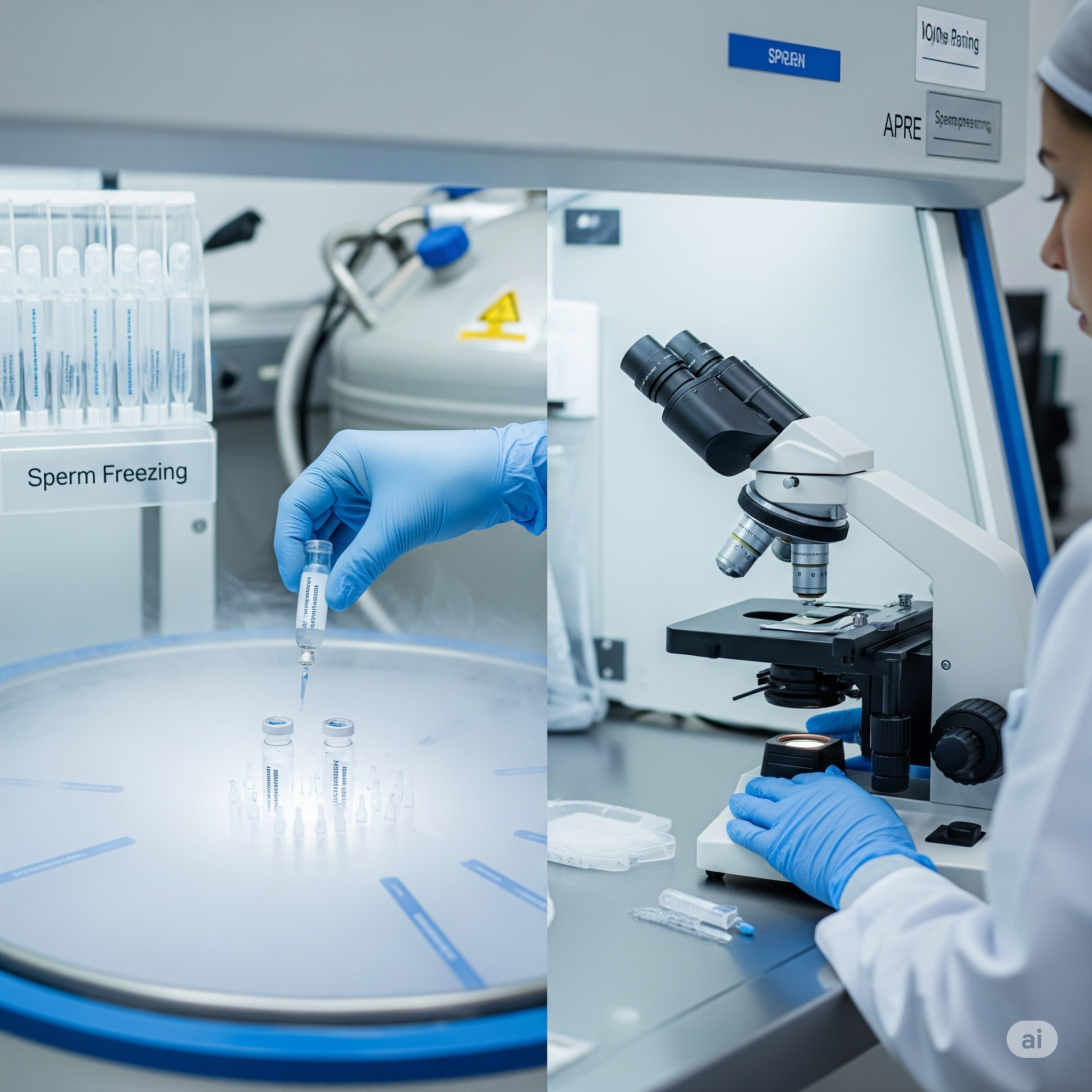
Sperm Freezing
Sperm freezing involves cryopreservation of a man's sperm samples for long-term storage. This service is crucial for fertility preservation before medical treatments (e.g., cancer therapy), for men with declining or unstable sperm quality, or as a backup for IVF/ICSI cycles if the male partner cannot provide a fresh sample on the day of egg retrieval. It ensures a viable sperm source when needed.
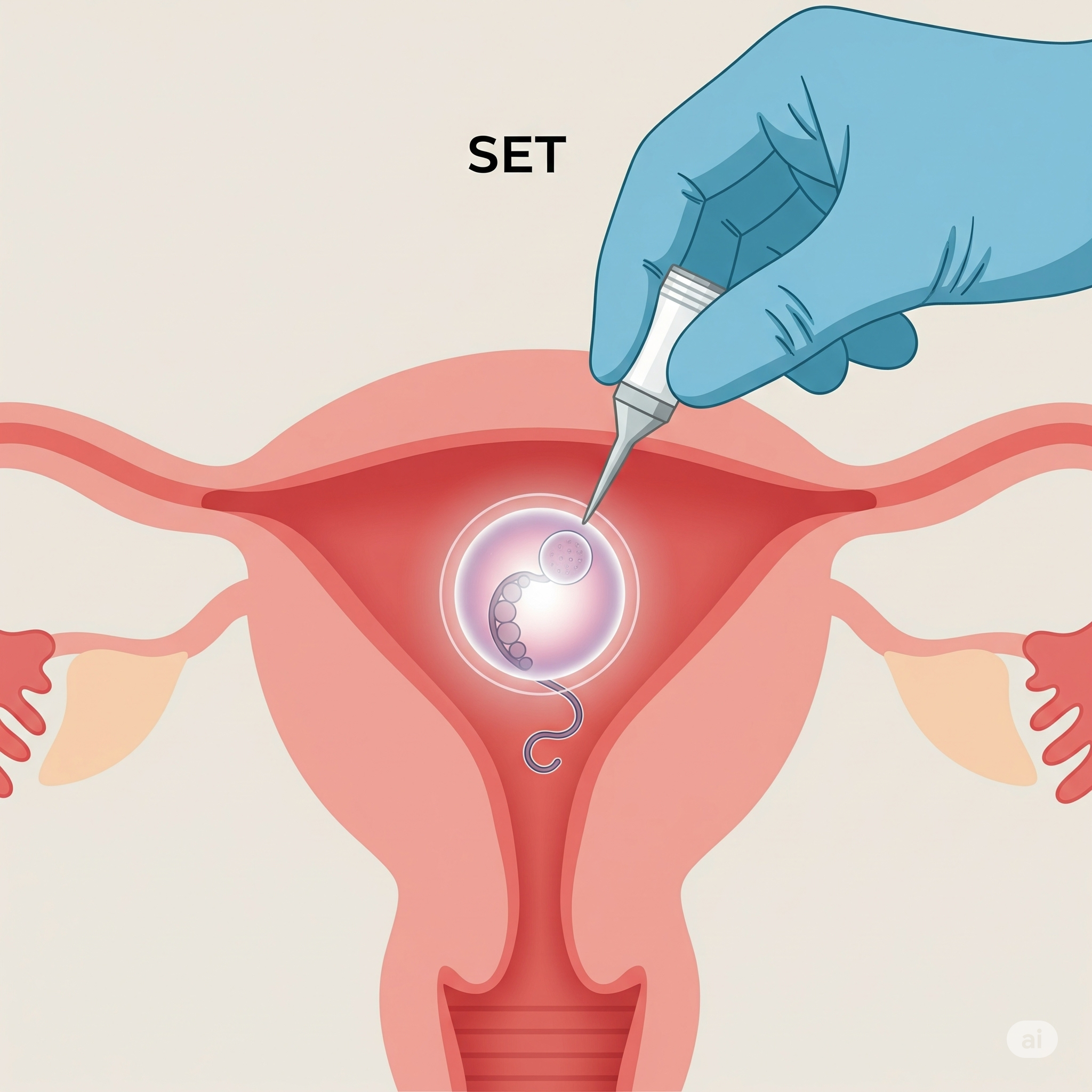
Single Embryo Transfer (SET)
Single Embryo Transfer (SET) is the practice of transferring only one embryo into the uterus during an IVF cycle. This approach is highly recommended to significantly reduce the risks associated with multiple pregnancies, such as premature birth and low birth weight, while maintaining high success rates, especially when a high-quality embryo is available. SET prioritizes the health and safety of both the mother and the baby.